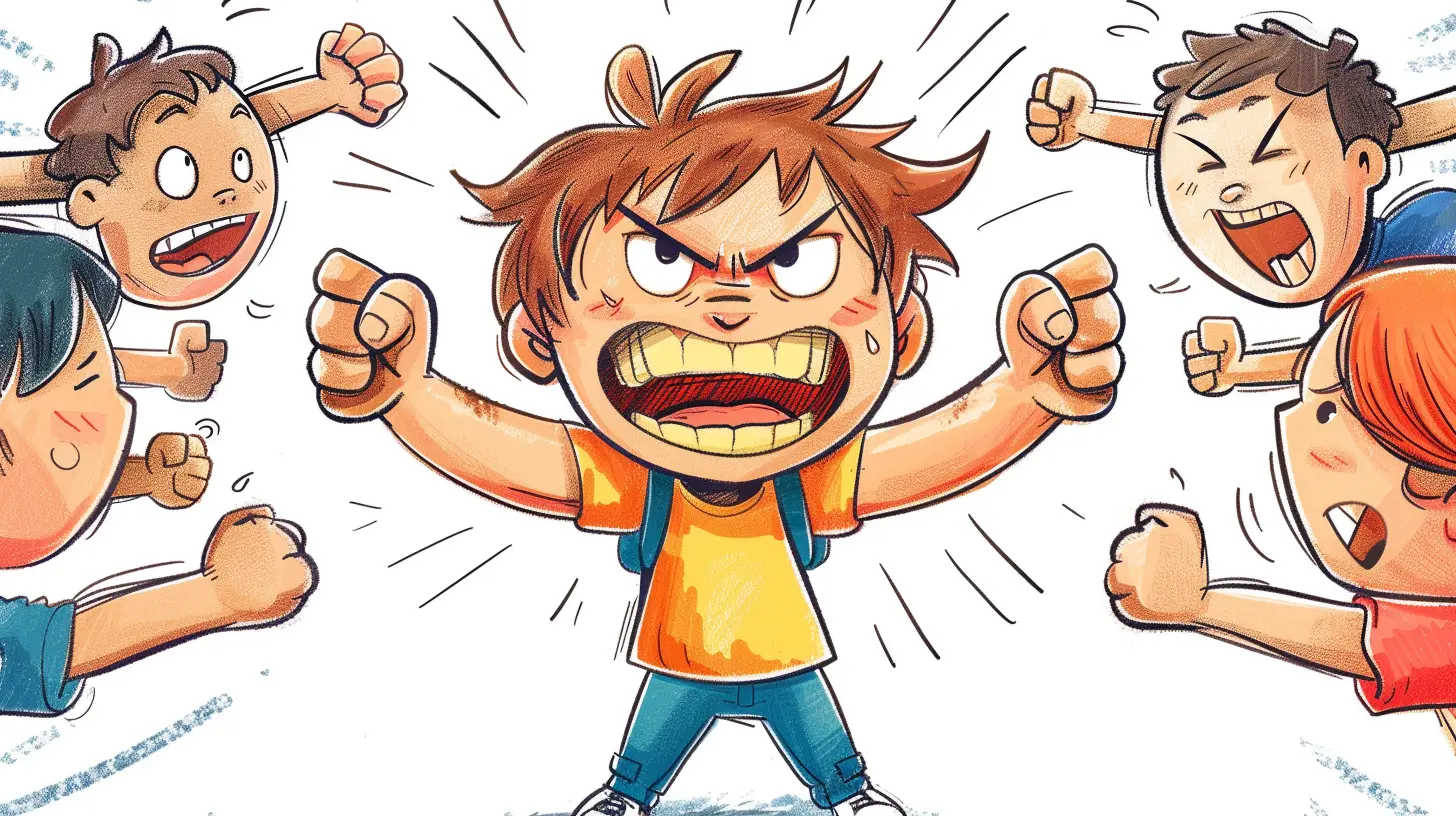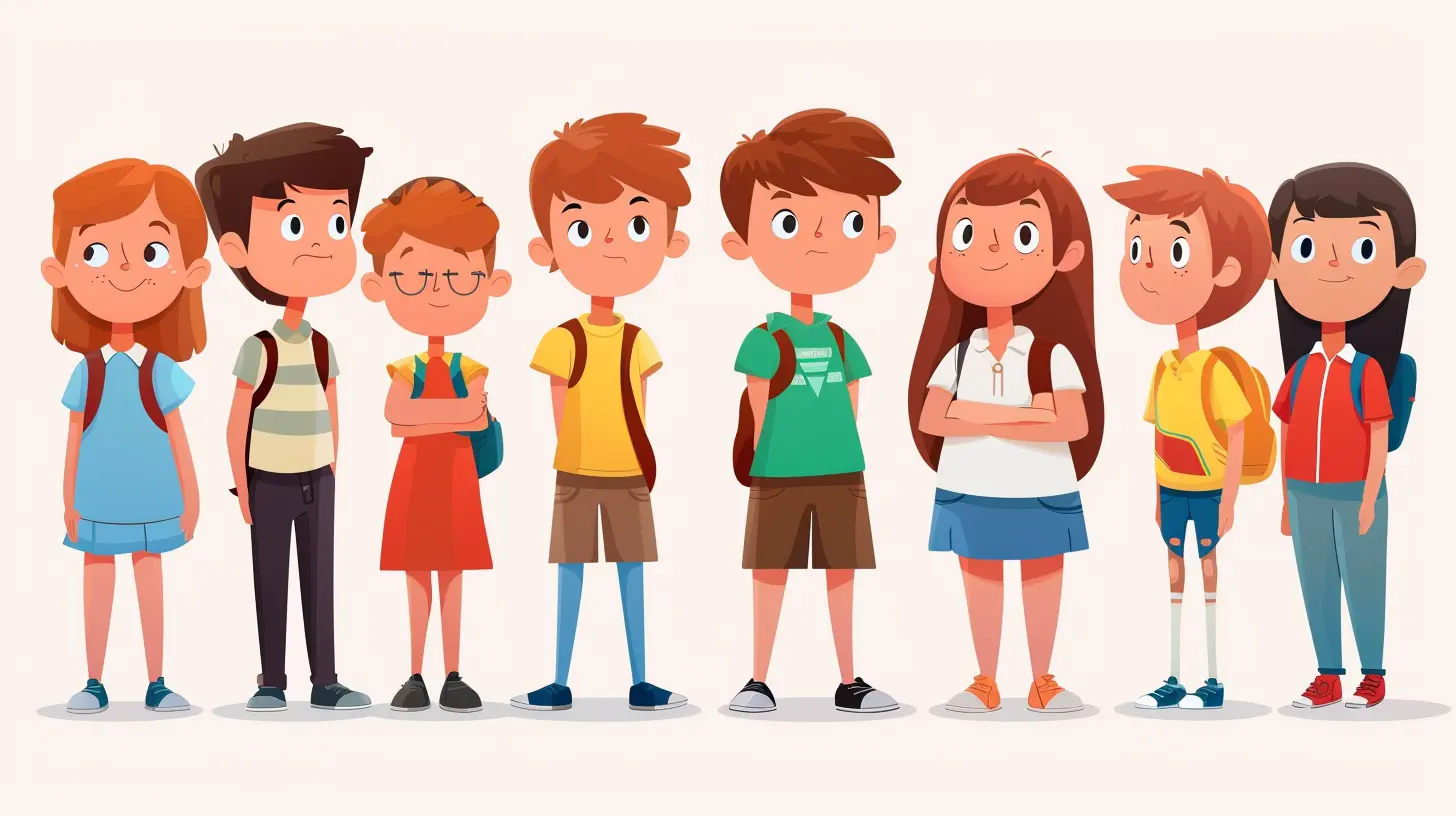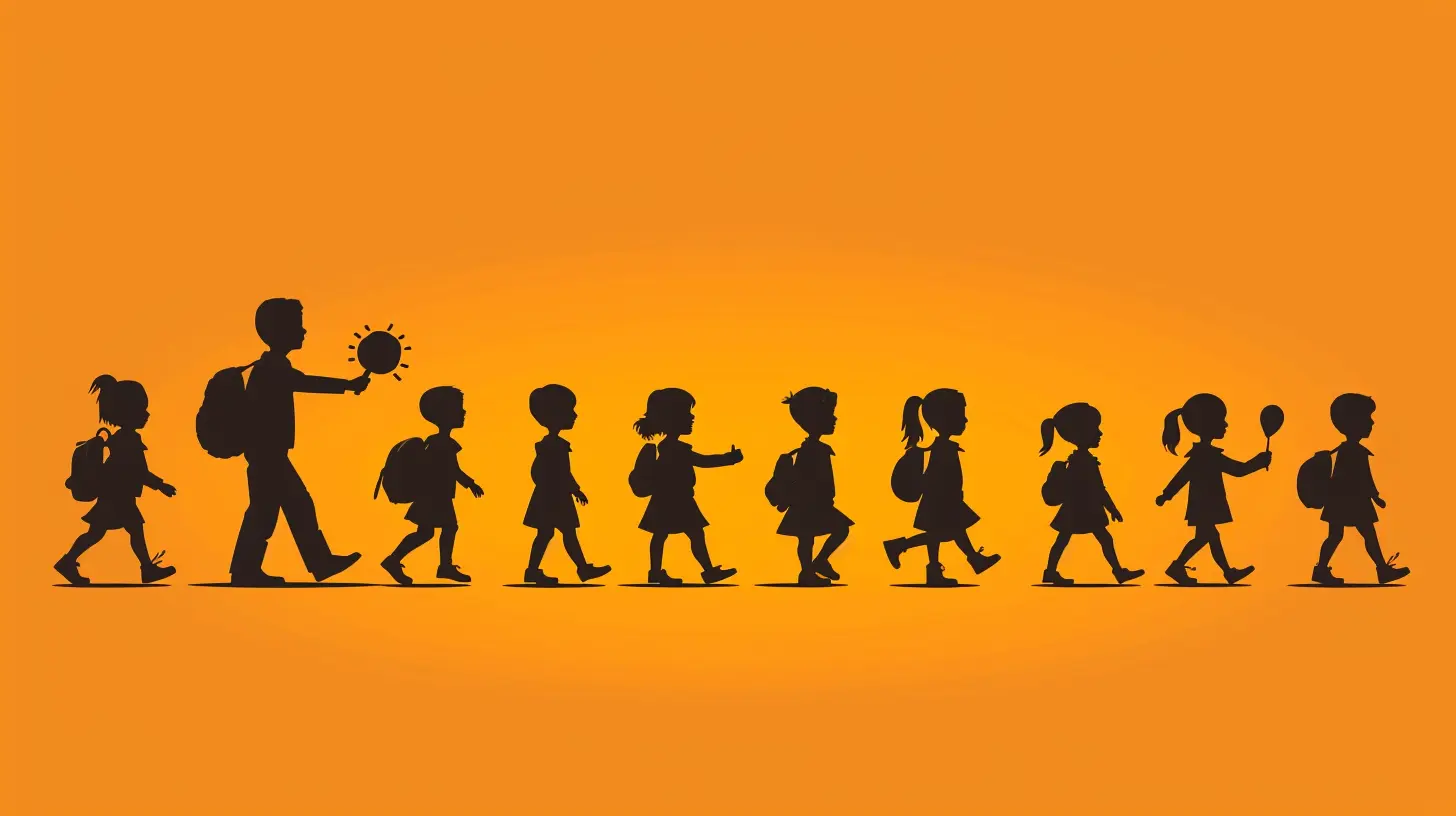Empowering Students: Effective Strategies for Bullying Prevention
3 July 2025
Bullying. It’s something we’ve all heard about—some of us have even experienced it firsthand. It’s not just playground scuffles or name-calling; it can shape how a student views themselves for years. And let’s face it—school should be a safe zone, not a battlefield.
So how do we flip the script? How do we create a culture where kids feel confident, safe, and empowered? That’s what we’re diving into today. If you’re a teacher, parent, school administrator, or even a student who's ready to stand up and say “enough is enough,” this one's for you.

Why Bullying Prevention Matters More Than Ever
Let’s start with the obvious—bullying is harmful. It chips away at self-esteem, causes anxiety, and can lead to long-term emotional scars. In severe cases, it even leads to depression and suicidal thoughts. But beyond the personal toll, bullying disrupts learning environments, strains teacher-student relationships, and creates toxic school cultures.It’s not just about calling out bad behavior—it’s about changing mindsets. Empowering students to stand up, speak out, and support each other is how we truly prevent bullying.

Understanding Bullying: It's More Than Just Name-Calling
We have to understand what we’re dealing with before we can tackle it head-on. Bullying isn’t just physical. It shows up in sneaky, damaging ways:- Verbal Bullying – Name-calling, teasing, threats.
- Social (Relational) Bullying – Exclusion, gossiping, spreading rumors.
- Cyberbullying – Hurtful messages or posts online, often anonymous.
- Physical Bullying – Hitting, kicking, pushing.
And here's the kicker—bullying doesn’t just involve the bully and the victim. There are bystanders, enablers, and even silent witnesses. Everyone plays a role, which means everyone can be part of the solution.

Creating a Culture of Empathy in Schools
You can’t stop bullying with punishment alone. Sure, consequences matter, but the real power comes from prevention—and that begins with empathy.1. Teach Kids to Walk in Someone Else’s Shoes
Empathy isn't just something nice to have—it's a life skill. Kids need to learn how to recognize emotions in themselves and others. This can be built into lessons, group activities, and even storytime. Encourage open discussions around feelings. Ask, “How do you think that made them feel?” It’s a small question with big impact.2. Promote Inclusion, Not Just Tolerance
Tolerance is passive. Inclusion is active. Schools should go beyond "Don't bully" and focus on "Build friendships." Celebrate diversity in all its forms—race, gender, ability, culture, and interests. Highlight student voices, encourage collaboration, and make sure all students feel seen and heard.
Building Student Confidence to Stand Up
You want to empower students? Teach them confidence. Let them own their voice and feel capable of handling tough situations.3. Role-Playing Real-Life Scenarios
What would you do if you saw someone being bullied? Run? Freeze? Laugh uncomfortably? Role-playing gives students a chance to rehearse real responses so they're not caught off-guard. Give them scripts, practice assertiveness, and discuss different angles—like how to report bullying anonymously if they’re scared.4. Peer-Led Anti-Bullying Programs
Let’s be honest—kids often listen to other kids more than adults. Peer mentorship or student ambassador programs can be powerful. These leaders act as role models and offer support to students who might be struggling. When students see their peers standing up, it sets a new norm.Empowering Through Digital Literacy
In today’s world, bullying isn’t just face-to-face. It’s happening in the digital space—texting, DMs, social media posts. So, let’s give students the tools to navigate that world safely.5. Teach Online Etiquette Early
We teach kids how to cross the street safely from a young age. Why not do the same with tech? Discuss digital footprints, online respect, and how to report abusive behavior. Use real-life examples so the lessons stick.6. Encourage Digital Bystanders to Be Upstanders
Just like in real life, many students witness cyberbullying but don’t intervene. Encourage them to speak up or report it. Even a supportive DM to someone being targeted can make a huge difference.
Involving the Whole School Community
Stopping bullying isn’t a one-person job. It takes a committed village—teachers, parents, administrators, counselors, and yes, even bus drivers and cafeteria staff.7. Train All School Staff
Every adult in a child's school life should recognize the signs of bullying and know how to handle it. From subtle shifts in student behavior to outright cries for help—awareness and training are essential.8. Consistent, Clear Policies That Everyone Knows
If no one knows the rules, how can they follow them? Schools need solid anti-bullying policies that are public, well-communicated, and enforced consistently. Consequences should be clear, but more importantly, support systems should be strong. Offer counseling, mediation, and follow-up strategies for both victims and aggressors.Engaging Parents as Partners
Parents often see a different side of their children. They can spot changes in mood, behavior, or routines that may point to bullying.9. Keep Communication Lines Open
Schools should encourage regular, open conversations between teachers and parents. And parents should feel comfortable reaching out when something seems off. Reminder: no detail is too small when it comes to your child’s well-being.10. Equip Parents With Tools
Offer workshops or newsletters focusing on bullying awareness and prevention. Help parents understand how to talk to their kids about bullying—whether they’re on the receiving end or the one causing harm.
Encouraging Self-Advocacy in Students
You know what’s powerful? A student who knows their worth and isn’t afraid to speak up.11. Teach Assertiveness, Not Aggression
Assertiveness is about expressing needs and standing up for yourself respectfully. It’s not shouting or being combative. Modeling these behaviors in class discussions, group work, or conflict resolution sessions can help students learn this important distinction.12. Promote Positive Self-Talk
If kids believe they’re worthy of respect, they’re less likely to be affected by insults—and more likely to speak out if something’s wrong. Encourage affirmations, journaling, or mindfulness exercises that build inner strength. Confidence is like a muscle—the more it’s used, the stronger it gets.Creating Safe Physical & Emotional Spaces
Environment matters. When students feel safe, they thrive.13. Implement Anonymous Reporting Channels
Students might not always feel brave enough to speak up face-to-face. Anonymous boxes, online forms, or designated “safe spaces” can be life-changing tools. The key is making sure kids know they will be heard—and action will follow.14. Make Mental Health Support Accessible
Counselors shouldn't be seen as a "last resort." Normalize visiting for regular check-ins or even just to talk. The goal is prevention, not reaction. And yes, make it cool to care about mental health!
Measuring Impact: Are We Making a Difference?
All these strategies sound great, but how do we know they’re working?15. Track Incidents and Collect Feedback
Set up systems to monitor bullying reports. Survey students and parents often. Are students feeling safer? Are there fewer incidents? Use data to inform and evolve your prevention programs.16. Celebrate Progress, Big or Small
Every step forward matters. A drop in bullying incidents? Celebrate it. A student speaking up for a peer? Acknowledge it. These moments build momentum and remind everyone that change is happening.Final Thoughts: It Starts With One Brave Step
Empowering students isn’t about giving them all the answers. It’s about helping them believe their voice matters. When we give them the tools to stand strong, speak up, and support each other, we don’t just prevent bullying—we build better humans.So whether you’re a teacher guiding young minds, a parent fostering resilience at home, or a student ready to lead the way—remember, it starts with you. Small actions can spark big change.
And hey—if even one student feels more confident walking into school tomorrow because of something you did today? That’s a win.
all images in this post were generated using AI tools
Category:
Bullying PreventionAuthor:

Anita Harmon
Discussion
rate this article
1 comments
Oliver Pratt
This article offers valuable insights and practical strategies for empowering students against bullying, fostering a supportive environment, and promoting resilience in the school community.
August 1, 2025 at 3:34 AM

Anita Harmon
Thank you for your positive feedback! I'm glad you found the insights and strategies helpful for creating a supportive school environment.


